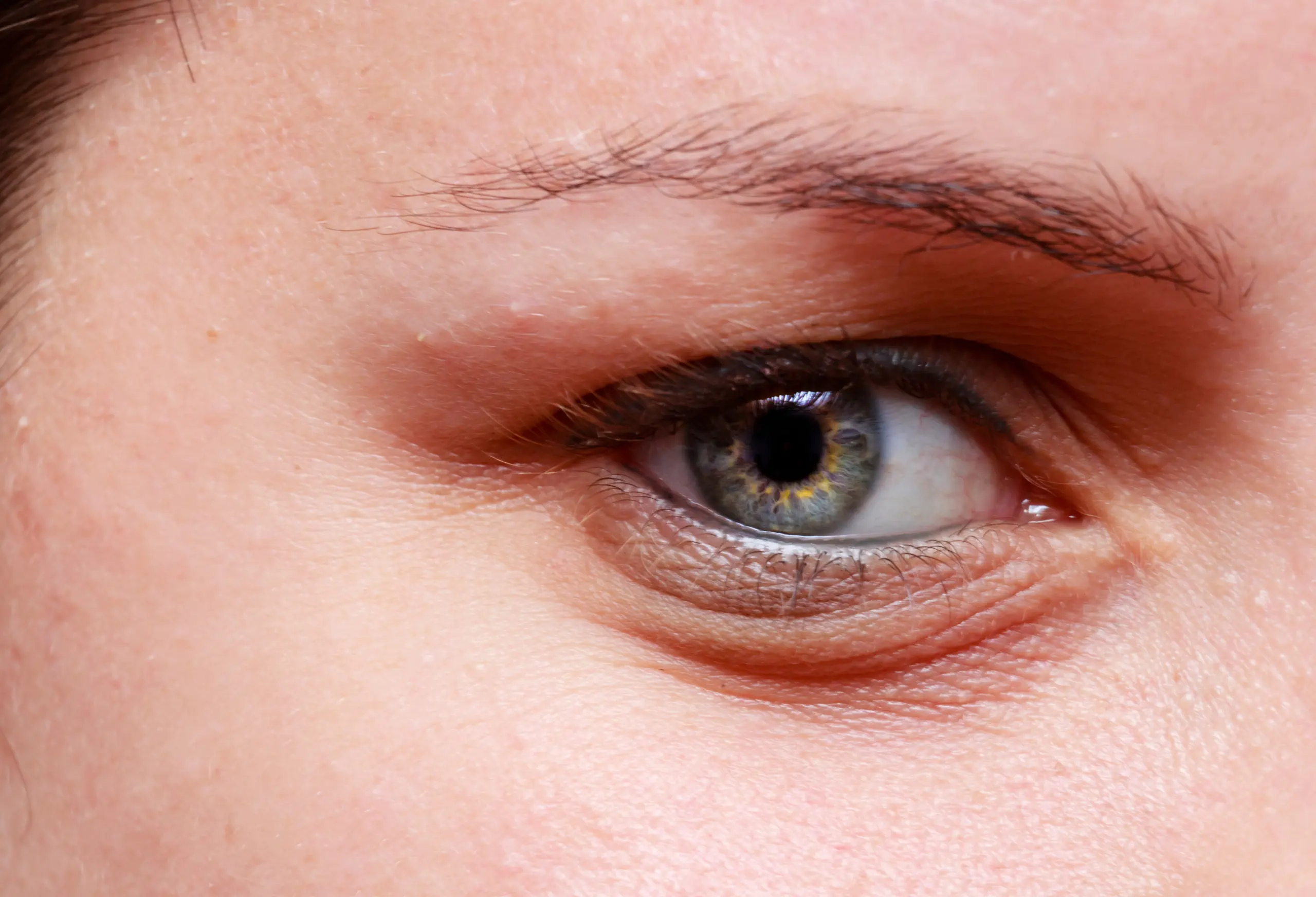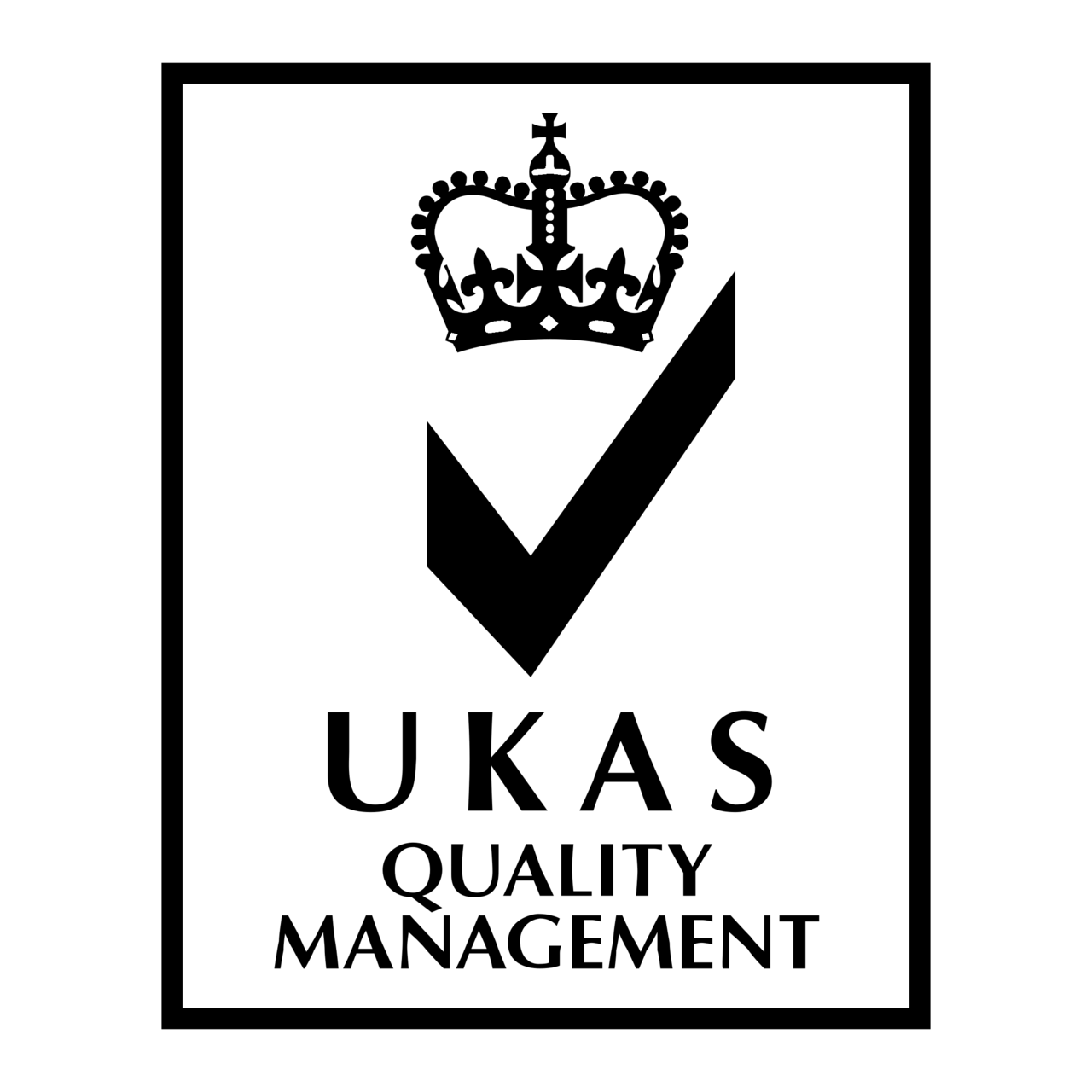Looking to fix hooded eyelids and achieve a more open, refreshed look? Several options can help: from healthy habits that support skin firmness to non-surgical treatments like injections, fillers, or skin-tightening devices. For more lasting results, surgical procedures such as upper blepharoplasty or a brow lift can remove excess skin and lift the eye area for a natural, youthful appearance. This guide covers every option so you can choose the best approach for your needs.
What are hooded eyelids?
Hooded eyelids aren’t a flaw, they’re a natural eye shape. Understanding what’s actually causing that drooping skin is the key to finding the right solution. The causes are usually a mix of the following:
Genetics: This is the most common cause. If your parents or grandparents have hooded eyelids, you likely inherited the trait. It’s simply your natural bone structure and skin anatomy from a young age.
Ageing & Skin Laxity: As we get older, our skin naturally produces less collagen and elastin, the proteins that keep skin firm and springy. The delicate eyelid skin is often the first to show signs, stretching and losing its ability to snap back, which makes existing hooding more pronounced.
Brow Descent: Sometimes, the issue isn’t just the eyelid itself. Over time, gravity and loss of tissue volume can cause the entire eyebrow to sag downward. This descending brow tissue then pushes the upper eyelid skin forward, creating or worsening a hooded appearance.
Fat Prolapse: The eye socket has natural fat pads that cushion the eye. With age, the thin membrane (septum) that holds this fat in place can weaken. This allows the fat to bulge forward into the eyelid, contributing to a puffy, heavy look that accentuates hooding.
Lifestyle & Environmental Factors: While these don’t change your fundamental structure, they can certainly make hooding appear worse.
How to get rid of hooded eyelids (The Surgical Approach)
When you’re looking for a definitive and permanent solution, a hooded eye lift surgery is the most effective path. These procedures directly address the underlying structural causes that create the hooded appearance. The goal is to create a more open, refreshed, and alert look.
Here are the primary surgical solutions:
Upper Blepharoplasty (The Gold Standard)
What it is: This is the most common and direct procedure for hooded eyelids, often referred to as a hooded eye lift surgery. It involves the precise removal of a pre-determined strip of excess skin, muscle, and sometimes fat from the upper eyelid.
How it works: The surgeon makes a discreet incision hidden within the natural crease of the eyelid. Through this incision, they remove the tissue causing the drooping, effectively re-creating a higher, more visible eyelid crease.
Ideal For: Anyone whose main concern is a fold of skin that hides the natural eyelid crease and makes the eyes look tired.
Brow Lift For Hooded Eyes
What it is: A brow lift can be a solution for hooded eyelids when the primary issue isn’t the eyelid itself, but a low-positioned eyebrow that is pushing skin downward over the eye.
How it works: The surgeon repositions the entire brow to a more youthful, elevated arch. This can be done through several techniques, including an endoscopic brow lift (using small incisions in the scalp) or a temporal lift (targeting the outer brow).
Ideal For: Patients who notice their brows have sagged with age and find themselves constantly lifting their forehead to see better. It is often performed in combination with an upper blepharoplasty for a fully harmonious result.
Non-surgical treatments
If you’re not ready for surgery, there are several non-invasive treatments that can help lift and refresh hooded eyelids. These options target skin laxity, muscle tension, and volume loss to create a more open, youthful look.
Plexr (Plasma Exeresis)
This treatment uses a plasma arc to create tiny sublimations (turning solid tissue directly to gas) on the skin’s surface, causing the skin to contract and tighten. It’s effective for very fine skin and minor tightening but is not a substitute for surgery for moderate to severe hooding.
Anti-Wrinkle Injections
Anti-wrinkle injections relax the small muscles that pull the eyebrows downward, especially around the outer eye area. By reducing that tension, the brows lift slightly, helping to open up the eyes and reduce the appearance of hooded eyelids. The effect is temporary, usually lasting around 3 to 4 months.
Dermal Fillers
As we age, volume loss around the temples and brows can cause the skin above the eyes to sag. Dermal fillers in these areas restore subtle volume, gently lifting the brows and smoothing the upper eyelid area. The result is a more supported and youthful frame around the eyes without surgery.
Plasma Fibroblast Skin Tightening
Plasma fibroblast therapy uses a handheld device that releases a tiny electrical arc to create micro-injuries on the skin’s surface. This stimulates collagen production and skin contraction, tightening loose upper eyelid skin without surgery. It’s often chosen by those wanting subtle lifting and smoothing of hooded eyelids with minimal downtime.
Laser Resurfacing
Laser resurfacing uses focused light energy to remove damaged outer skin layers and boost collagen regeneration. Around the eyes, it can tighten mild laxity and improve fine lines that contribute to hooded eyelids. It’s a popular option for people with early signs of skin sagging or creasing.
Radiofrequency Treatment
Radiofrequency (RF) therapy uses controlled heat energy to tighten collagen fibers beneath the skin and trigger new collagen growth. Around the eyes, it can gently tighten loose eyelid skin and improve firmness, offering gradual, natural-looking results over a series of treatments.
Eyebrow Thread Lift
A thread lift involves inserting dissolvable threads under the skin that physically lift the brow area. It gives an instant, subtle elevation to the outer brow and upper eyelid skin, reducing hooding. The results can last 9–12 months as collagen naturally forms around the threads.
Microcurrent Devices
At-home or in-clinic microcurrent treatments use gentle electrical impulses to stimulate facial muscles. Regular use can help tone the muscles around the eyes and forehead, leading to a slightly lifted appearance over time. Think of it as a “workout” for your eye area.
Eye Drops
Certain prescription eye drops, like oxymetazoline-based formulations, can temporarily lift a drooping upper eyelid by stimulating the muscles that open the eye. The lift is mild and short-lived, lasting several hours, but can make eyes appear more open in the short term.
Crease Technique
For those with hooded or monolid eyes, creating an artificial crease with eyeshadow can instantly make the eyes appear larger and more open. This technique uses darker shades to add depth where the natural crease is hidden, balancing and brightening the eye area without any procedure.
Winged Eyeliner
Makeup techniques like a winged eyeliner can visually lift and elongate the eyes. Extending the line upward and outward helps counteract the look of heaviness from hooded lids, giving the illusion of a more lifted, defined eye shape.
While these treatments can noticeably improve hooded eyelids, their results are temporary. For lasting correction and a true lift, an eyelid lift for hooded eyes remains the most effective long-term solution.
Natural habits and at-home care to Treat Hooded Eyes
If you’re wondering how to get rid of hooded eyelids with daily habits, these strategies can help:
Temporary Tricks: Specialised brow or eyelid tape can physically lift and hold the skin for a few hours, ideal for a special event.
Topical Creams: Caffeine serums can temporarily tighten skin, while retinol creams can, over time, thicken skin and improve elasticity. Daily SPF and sunglasses are crucial to prevent further sun damage.
Lifestyle Adjustments: Managing allergies, sleeping with your head elevated, and reducing sodium and alcohol can minimise fluid retention that worsens puffiness.
What is the best treatment for hooded eyes?
So, what is the best hooded eyes treatment for you? It comes down to your individual anatomy and goals.
- If the main issue is a fold of skin hiding your eyelid crease, an upper blepharoplasty is likely your best bet.
- If your entire eyebrow is sitting low pushing skin downward, a brow lift may be the more appropriate solution.
To better understand how these two procedures differ, explore our detailed guide on blepharoplasty vs brow lift.
Frequently Asked Questions (FAQs)
Non-surgical options include anti-wrinkle injections to relax the brow-lowering muscles, dermal fillers to support the brow area, radiofrequency or laser treatments to tighten skin, and plasma fibroblast therapy for mild lifting. While these methods can improve hooded eyelids temporarily, results are less dramatic and require ongoing maintenance.
There’s no fixed age. Candidacy depends on eyelid skin laxity, not years. Many patients choose surgery in their 30s to 50s when hooding or drooping becomes noticeable. The key is when excess skin starts to affect your appearance, confidence, or vision.
Eyelid lift surgery is generally not painful, it’s performed under general anaesthesia. After surgery, most patients describe only mild tightness or soreness, easily managed with prescribed pain relief and cold compresses.
Incisions sit in your natural eyelid crease, so scars are usually discreet and fade over months with good aftercare (SPF, gentle massage, silicone gel).
Laser treatment for hooded eyelids can smooth and tighten skin, but it won’t remove significant excess tissue. It’s best as an add-on to surgery or for mild cases.
The best treatment depends on the cause and severity. Mild hooding can improve with non-surgical options like anti-wrinkle injections, radiofrequency tightening, or plasma fibroblast therapy. For moderate to severe cases, upper blepharoplasty is the most effective and long-lasting solution, it removes excess skin and restores a defined eyelid crease.
Ready to Refresh Your Eyes?
If your eyelid crease has all but vanished, upper blepharoplasty can lift the lid and bring your eyes back into focus. Book a consultation with one of our expert surgeons and we’ll map the right plan for you .






